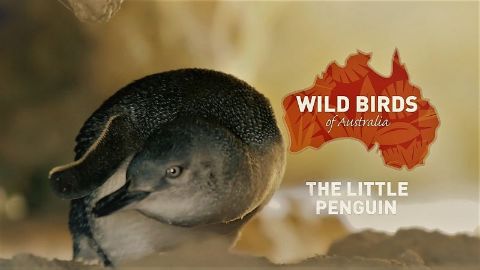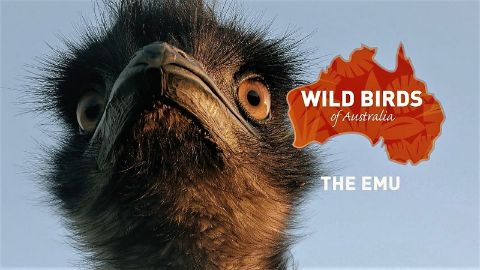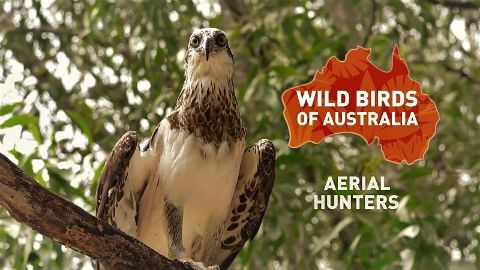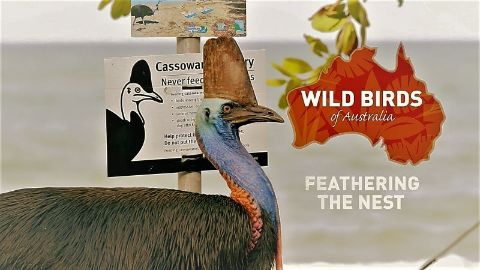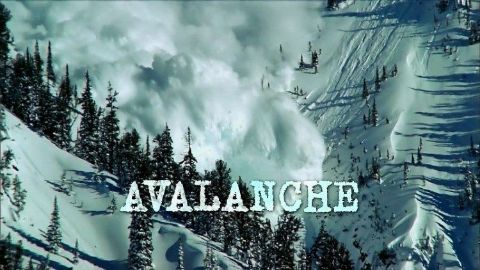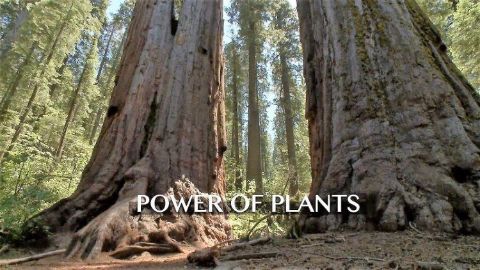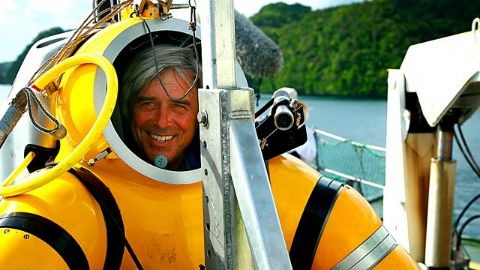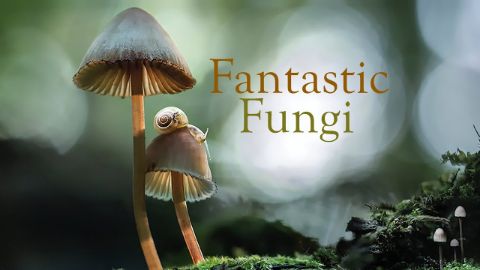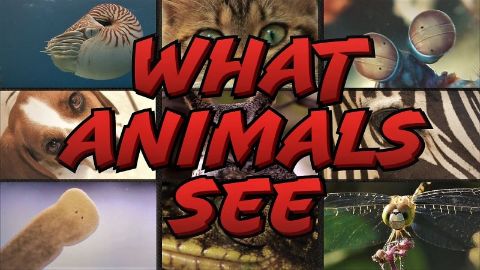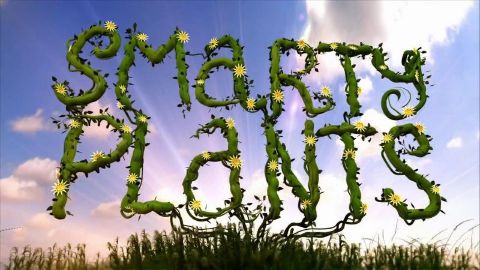Aerial Hunters • 2018 • episode "S1E3" • Wild Birds of Australia
Much of Australia consists of vast tracts of uninhabited land, a perfect hunting ground for the country's imperious birds of prey. From the brown falcons that feed on the country's deadliest snakes, to eagles that have been known to start fires on purpose so they can hunt fleeing animals, soar above the diverse habitats of this island continent in the company of its most accomplished aerial predators.
Make a donation
Buy a brother a hot coffee? Or a cold beer?
Hope you're finding these documentaries fascinating and eye-opening. It's just me, working hard behind the scenes to bring you this enriching content.
Running and maintaining a website like this takes time and resources. That's why I'm reaching out to you. If you appreciate what I do and would like to support my efforts, would you consider "buying me a coffee"?
Donation addresses
BTC: bc1q8ldskxh4x9qnddhcrgcun8rtvddeldm2a07r2v
ETH: 0x5CCAAA1afc5c5D814129d99277dDb5A979672116
With your donation through , you can show your appreciation and help me keep this project going. Every contribution, no matter how small, makes a significant impact. It goes directly towards covering server costs.
